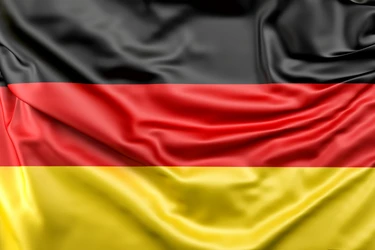Explore the Culinary Heritage of Germany
Embark on a culinary journey through Germany and discover the rich flavors that define this nation's gastronomic identity. From time-honored traditional recipes passed down through generations to innovative modern interpretations, Germany offers a diverse and exciting food landscape.
Our comprehensive guide covers restaurants, street food, and local specialties across major cities throughout Germany. Whether you're planning a food tourism trip or looking for authentic Germany cuisine near you, find the perfect dining experiences here.
Popular Germany Cuisines:
Featured Cities:
Berlin, München, Köln, Hamburg, Düsseldorf, Frankfurt am Main, Stuttgart
Filters
Explore Germany by City
Dishes from Germany
Showing 12 of 12 dishesAbout Germany
Culinary Heritage
Signature Dishes
German regional cuisine is incredibly diverse, with each area boasting its own unique specialties. Expect robust flavors, often featuring meat, potatoes, bread, and seasonal vegetables. While there are dishes that transcend regional boundaries, the local takes on these classics and the distinct local specialties provide an interesting contrast.
Sauerbraten (Rhineland)
A pot roast marinated for days in vinegar, water, herbs, and spices. It is typically served with potato dumplings (Klöße) and red cabbage.
Weißwurst (Bavaria)
A white sausage traditionally made from veal and pork back bacon, seasoned with parsley, lemon, mace, onions, ginger, and cardamom. It's typically eaten before noon with sweet mustard, a pretzel, and wheat beer.
Labskaus (Hamburg)
A traditional dish made from corned beef, potatoes, onions, beetroot, and herring or sprats, all mashed together. It is often served with fried eggs and pickled gherkins.
Schäufele (Franconia)
Roasted pork shoulder with a crispy crackling skin, usually served with potato dumplings and gravy.
Königsberger Klopse (East Prussia/Berlin)
Meatballs in a white sauce with capers and anchovies, served with boiled potatoes or rice.
Maultaschen (Swabia)
Large pasta squares filled with meat, spinach, bread crumbs and spices, often referred to as 'God's little cheats' because they were traditionally eaten during Lent.
Grünkohl mit Pinkel (Northern Germany)
Kale stew cooked with smoked sausage (Pinkel), bacon and potatoes, traditionally eaten during the winter months.
Kartoffelpuffer (Nationwide)
Potato pancakes, made from grated potatoes, flour, and eggs, and fried until golden brown. They are typically served with applesauce or sour cream.
Local Tips
To truly experience German cuisine, venture beyond the tourist hotspots and explore local restaurants and markets. Be prepared for hearty portions and rich flavors. Don't be afraid to try regional specialties, and always ask locals for recommendations. Embrace the culture of enjoying food slowly and deliberately.
Local Markets
Visit weekly markets (Wochenmarkt) to discover fresh, seasonal produce and regional specialties directly from local farmers and producers.
Regional Restaurants (Gasthöfe)
Look for Gasthöfe or Landgasthöfe (country inns) for authentic regional dishes prepared with traditional methods and local ingredients.
Beer Gardens (Biergärten)
Enjoy the relaxed atmosphere of a beer garden, often offering simple but delicious German fare alongside local beers.
Festivals (Feste)
Attend local festivals (Feste) to experience regional specialties and traditions. These events often feature unique food offerings and provide an opportunity to immerse yourself in local culture.
